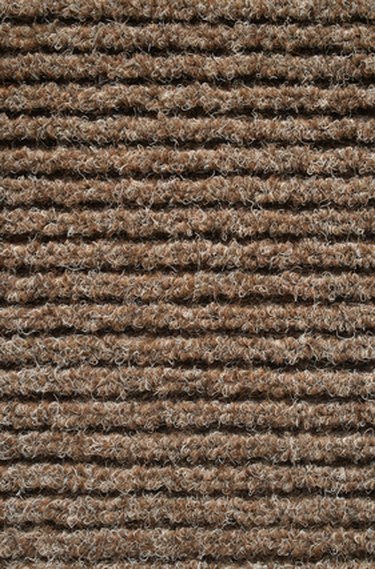Things You'll Need
Broom
Vacuum
Utility knife
Trowel
Carpet glue
Duct tape

Carpet pads are installed underneath carpets to provide a cushioned feel to the floor. In addition, they provide an extra layer of insulation in the floor, which makes the floors warmer in the winter. Most carpet pads are installed using tack strips; however, these strips do not work on masonry or cement floors. For these types of floors, the carpet pad must be glued down to prevent it from shifting.
Step 1
Clean the floor by sweeping thoroughly with a broom. Use a vacuum to remove any remaining dust.
Video of the Day
Step 2
Cut the carpet pad into strips, using a utility knife, that are approximately 4 feet wide and as long as the room. Roll each strip up separately and place at one end of the room along the wall. This makes the carpet pad easier to handle.
Step 3
Apply carpet glue with a hand trowel to a 4-foot section of the floor closest to a wall.
Step 4
Lay the carpet pad on top of the glued section with the waffle side facing up. Press down firmly with your hands to secure the pad in place. Smooth out any wrinkles and allow the pad to sit for 10 minutes to allow the glue to dry.
Step 5
Apply glue to another section of the floor and unroll the carpet pad onto the new glue. Press down firmly with your hands to secure. Allow pad to sit 10 minutes to dry.
Step 6
Continue applying glue and unrolling the carpet pad until the entire pad is glued down. When one strip of carpet pad is completed, move on to the next strip.
Step 7
Apply strips of duct tape along the seams of the carpet pad to prevent them from curling later.
Step 8
Wait 24 hours before installing the carpet on top of the carpet pad.
Tip
Allow each glue section to dry before moving on to prevent the carpet pad from shifting during installation.
Do not overlap sections of carpet pad -- this causes the carpet to bulge. Instead, fit the seams tightly up against each other.
Video of the Day